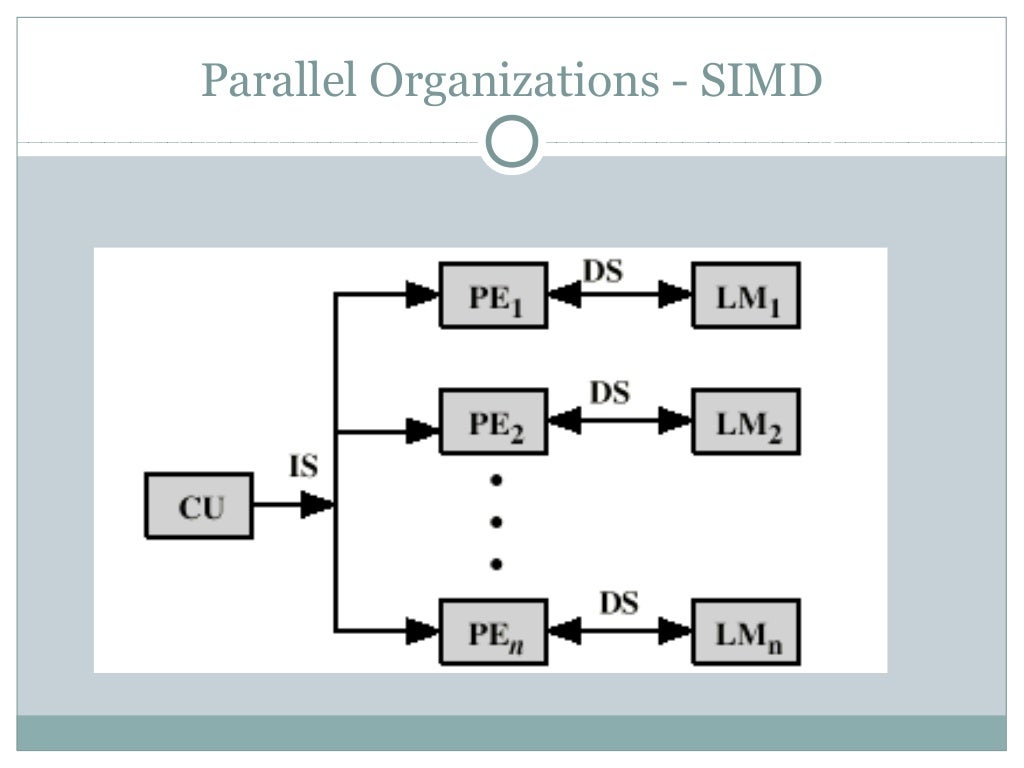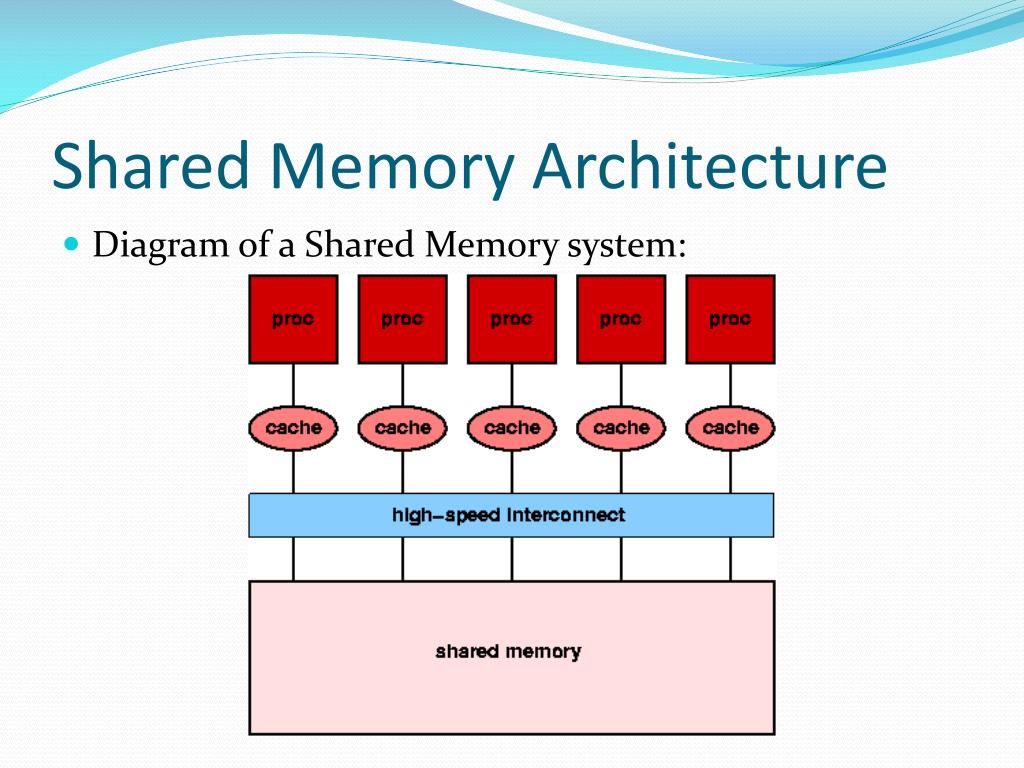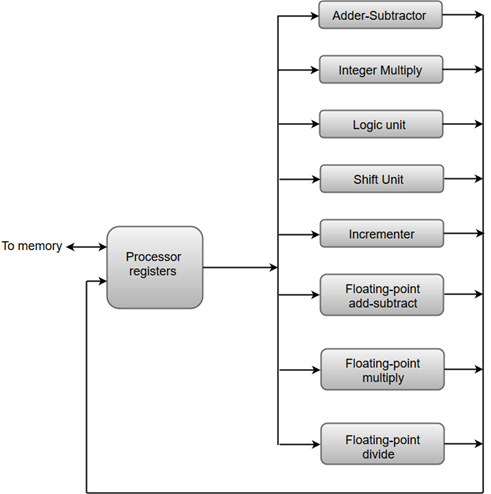PARALLLEL PROCESSING CONCEPTS Presentation
| Introduction to Parallel Processing Concepts | ||
|---|---|---|
| Parallel processing refers to the simultaneous execution of multiple tasks or instructions. It involves breaking down a complex problem into smaller tasks and processing them concurrently. Parallel processing can significantly enhance performance and efficiency in computing systems. | ||
| 1 | ||
| Types of Parallel Processing | ||
|---|---|---|
| Task parallelism: In this approach, different tasks are executed simultaneously by different processors or threads. Data parallelism: In this approach, the same task is performed on different data sets simultaneously by different processors. Pipeline parallelism: This approach divides a task into multiple stages, where each stage is executed concurrently by different processors. | ||
| 2 | ||
| Benefits of Parallel Processing | ||
|---|---|---|
| Increased speed: Parallel processing allows multiple tasks to be executed simultaneously, leading to faster processing times. Improved efficiency: By distributing tasks across multiple processors, parallel processing reduces the overall processing time and improves resource utilization. Scalability: Parallel processing enables systems to handle larger workloads by adding more processors or threads. | ||
| 3 | ||
| Challenges in Parallel Processing | ||
|---|---|---|
| Data dependencies: Synchronization and coordination between parallel tasks can be complex due to shared data dependencies. Load balancing: Ensuring an equal distribution of workload across processors can be challenging, as some tasks may require more resources than others. Overhead: Parallel processing introduces additional overhead, such as communication and synchronization, which can impact overall performance. | ||
| 4 | ||
| Parallel Processing Architectures | ||
|---|---|---|
| Shared-memory architecture: Multiple processors share a common memory space, allowing them to access and modify data directly. Distributed-memory architecture: Each processor has its own private memory, and communication between processors is achieved through message passing. Hybrid architecture: Combines both shared-memory and distributed-memory approaches to leverage the benefits of both architectures. | ||
| 5 | ||
| Applications of Parallel Processing | ||
|---|---|---|
| Scientific simulations: Parallel processing is widely used in scientific simulations, such as weather forecasting and molecular dynamics, to process vast amounts of data. Image and video processing: Parallel processing enables real-time processing of high-resolution images and videos. Big data analytics: Parallel processing is crucial for processing large datasets in fields like machine learning and data mining. | ||
| 6 | ||
| References (download PPTX file for details) | ||
|---|---|---|
| Flynn, M. J. (1972). Some computer organizati... Hill, M. D., & Marty, M. R. (2008). Amdahl's ... Kumar, V., & Grama, A. (2003). Introduction t... |  | |
| 7 | ||





